A council has become one of the first organisations to install a vehicle-to-grid (V2G) electric vehicle (EV) charger at its fleet depot using AC rather than DC current.
With a fleet of more than 400 vehicles, of which more than 100 are EVs, Denbighshire County Council has installed the charger at its depot, which generates its own electricity from solar panels linked to a battery storage system as part of a smart local energy system.
V2G charging enables fleets to reduce energy costs as well as improve the resilience of the UK’s electricity system by allowing an EV to take power from the grid and also to send power back.
The Vehicle 2 Volume eNergy Yield (V2VNY) project is trialling lower cost V2G chargers using AC (alternating current) rather than DC (direct current) which are more suitable for charging at home and at many workplaces.
The V2VNY project is being led by Hangar19, in partnership with CrowdCharge and DriveElectric.
Other project partners are Electric Corby, Oxfordshire County Council, Grid Beyond and JLR. JLR is providing prototype EVs for use in the trial.
Martin Griffiths, fleet mobility lead officer at Denbighshire County Council, said: “Vehicle-to-grid charging, combined with a fleet of EVs, solar generation and battery storage, offers us the potential to reduce reliance on the grid even further, providing greater resilience if there was a problem with the UK’s electricity network. V2G is also expected to deliver savings on energy costs, as well as reducing carbon emissions.”
Denbighshire County Council is using a Kia EV6 electric car with vehicle to load (V2L) capability for the V2VNY V2G trial.
Cllr Barry Mellor, lead member for environment and transport at Denbighshire County Council, said: “As a Council, we are working extremely hard to address the climate and nature emergency we declared in 2019. A vital part of this is reducing our own carbon footprint, with a big focus on the council fleet.
“We fully welcome the opportunity to have such an innovative system installed at our fleet depot and look forward to seeing its impact on conserving energy use at the site.”
Hangar19 specialises in EV charge point management solutions and the manufacture of charging points, particularly targeted at fleets, and has developed the multi-socket AC bi-directional charger on the market.
The vehicle-to-grid charging on the V2VNY trial is being simulated and optimised by AI technology from CrowdCharge, a company that has been running V2G in homes for over three years with effective results.
Denbighshire County Council’s involvement in the V2VNY V2G trial has already attracted lots of positive interest from other local authorities and the Welsh government.
The project has also installed V2G charge points for other councils including East Lothian, Islington, Oxfordshire and Wiltshire.
The trial aims to demonstrate a commercially viable way for fleet owners, businesses and EV drivers to save money and carbon, and for the UK to reduce the load on the electricity grid at peak times.
If an EV is charged when electricity prices are low and then it returns electricity back to the grid at peak times when prices are high, fleet operators can save on electricity costs.
The V2VNY project is also trialling sending energy from EVs to buildings and to other vehicles as part of V2X (vehicle to everything).
Historically, V2G has only been possible with EVs featuring CHAdeMO (DC, or high power) charging technology, as featured on the Nissan Leaf.
Virtually all of the latest EVs now use CCS (DC) charging technology rather than CHAdeMO. The V2VNY trial is harnessing AC bi-direction technology, which the charger synchronises with the grid.
The AC solution is more efficient at low power and is therefore more suited for the use of V2G in a workplace or domestic setting, as well as meaning much lower costs for a charger.
V2G is seen as offering an important way to store energy generated by renewables and then to supply this back to the grid at peak times, to help reduce the UK’s reliance on fossil fuels and to accelerate progress to net zero.
The V2VNY Phase 2 project, part of the V2X Innovation Programme, is funded by the Department for Energy Security and Net Zero (DESNZ), delivered by Innovate UK.
The V2X Innovation Programme is part of the up to £65 million Flexibility Innovation Programme, funded from the £1 billion Net Zero Innovation Portfolio.

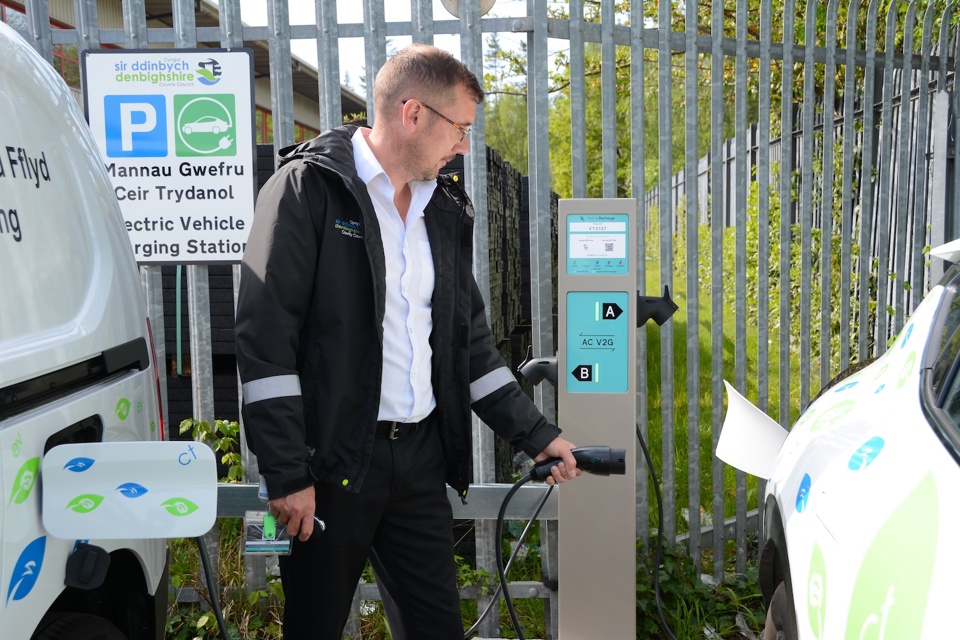




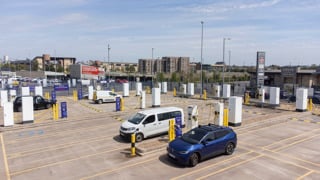
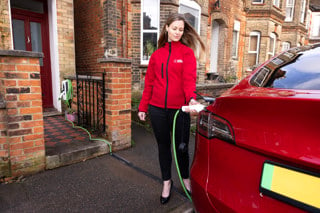

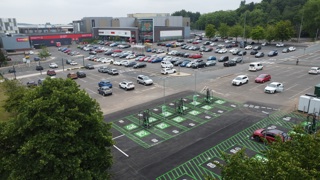
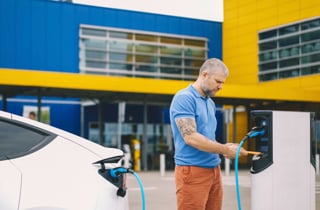











Login to comment
Comments
No comments have been made yet.